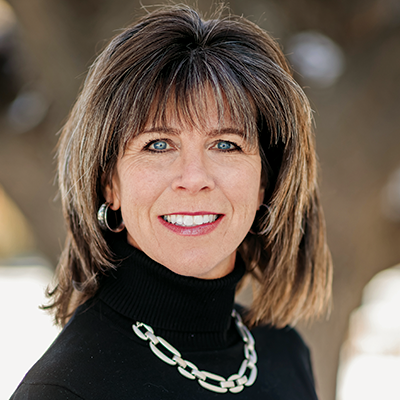
As we mark the one-year anniversary of life-altering changes brought about by COVID-19, I think about those aspects of life that left me, and those that have arrived.
What has left me? Air travel, eating in a restaurant, sitting in a coffee shop, seeing my family; hugging my son. What’s come into my life? Masks, masks and more masks; Zoom, every day; daily walks as a way to see people.
In reality, those things don’t hold a candle to what’s been happening in senior living and care communities — residents unable to see their loved ones, staff members fearful of bringing a potentially deadly virus home to their families, and providers trying to balance people’s rights, safety and well-being with their own financial survivability.
There have been negative outcomes of all of these and finally we’re seeing a light at the end of this long tunnel. I’m not sure that a dim light like this has ever brought so much hope.
Person-directed care still applies
In March of last year, we did all the things we thought were right in long-term care communities. We shut them off as much as we could from the outside world to protect everyone inside. We chose safety first because we had to. That meant a protective and paternalistic environment, and it also meant that over 2 million people were unable to see their family, friends and loved ones.
At Pioneer Network, we began hearing rumblings that person-centered, person-directed practices were being shunned; that at this time of crisis, they didn’t apply. After 12 months of living through the pandemic, we know this was not and is not the truth. At first it was anecdotal but now there is evidence coming out that smaller environments’ dedicated, consistent staffing; private rooms and private bathrooms have all contributed to a decrease in COVID-19 cases.
Knowing residents deeply — the first value of Pioneer Network — knowing their preferences, what gives them meaning and purpose, what makes them want to get up in the morning, has helped to decrease the three plagues as defined by Dr. Bill Thomas, co-founder of The Eden Alternative. Those are loneliness, helplessness and boredom. Person-directed practices have not been pushed aside, but in fact, they have helped residents to live life as fully as possible during this challenging time.
There is not only a benefit to residents, but to staff members as well, especially the care partners who are often closest to the residents. Communities that have transformed their organizational culture into places where team members want to work, as well as where residents want to live, have weathered this pandemic storm.
These are places where staff are valued, respected, given the tools and resources they need to care and support residents, and are paid a livable wage allowing them to work in only one community.
The deep, foundational transformation of culture change that has been occurring in nursing homes for over 30 years has shown us that a non-institutional, person-centered environment is truly a better way to care and support residents and staff members. That is not only because it creates true home and community, but also because it enhances physical and psychosocial health and promotes well-being.
The transformation continues
Over the past year, Pioneer Network has worked hard to support providers through our many educational and networking offerings and resources to assure that person-centered remains a part of the conversation for organizations as they make their way through the day to day challenges brought on by COVID, and as they begin to prepare for life after the pandemic.
In February, Pioneer Network released a revised self-assessment tool that nursing homes and assisted living communities can freely use to determine where they are on their culture change journey and learn about best practices and the philosophy behind them to move their organization forward.
The first Artifacts of Culture Change was released by CMS in 2006 and it guided hundreds of nursing homes across the country. In 15 years, our language and practices have evolved although our foundational principles of culture change have remained the same.
Artifacts of Culture Change 2.0 is designed to continue to support communities as they evolve further. A new Artifacts tool specifically for assisted living communities can help advance person directed living in those settings as well.
Person-centered care, resident-directed living, and culture change are still alive and well. They haven’t disappeared; they haven’t gone away. They have been proven time and time again to benefit residents, the workforce and senior living and care communities, even during one of the worst crises we have seen in our lifetimes. They can provide guidance as we make our way toward the light at the end of this long tunnel.
Penny Cook is president and CEO of Pioneer Network.




